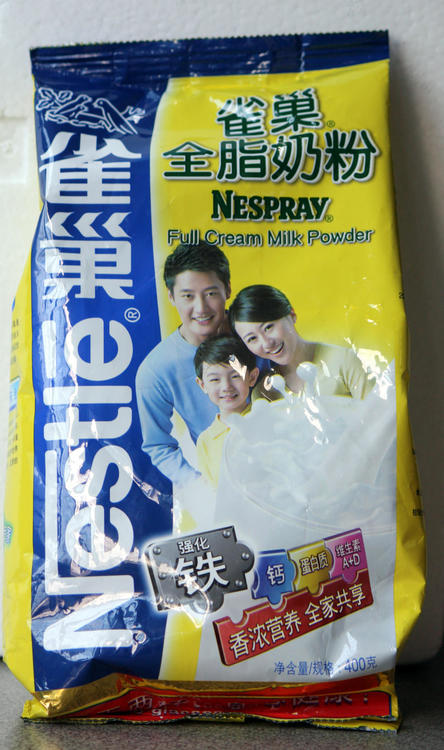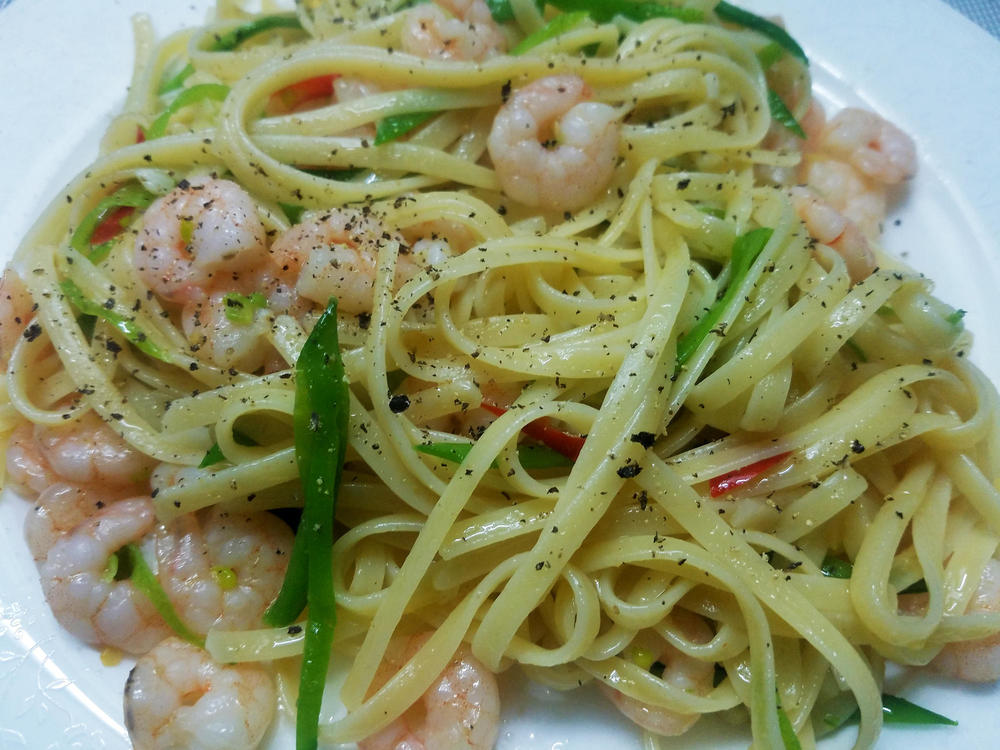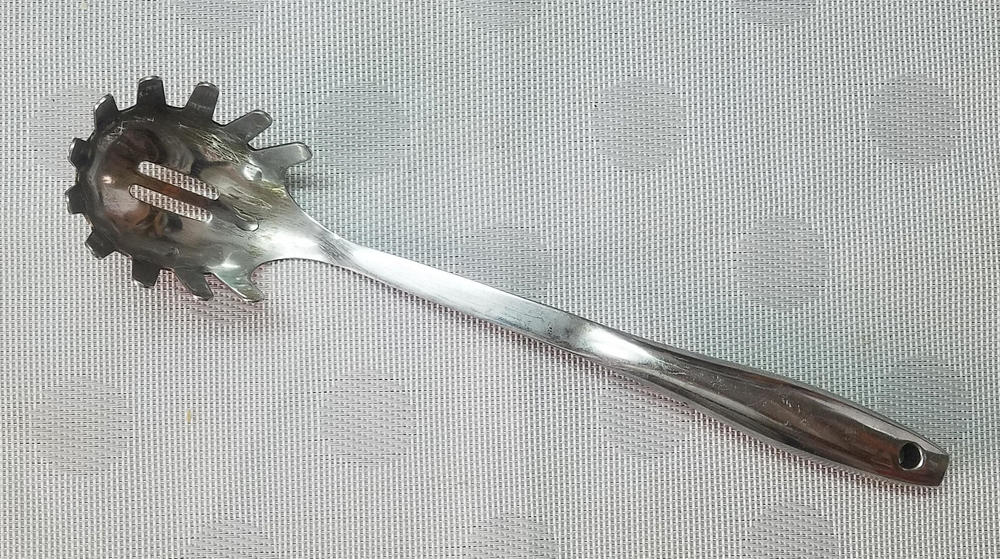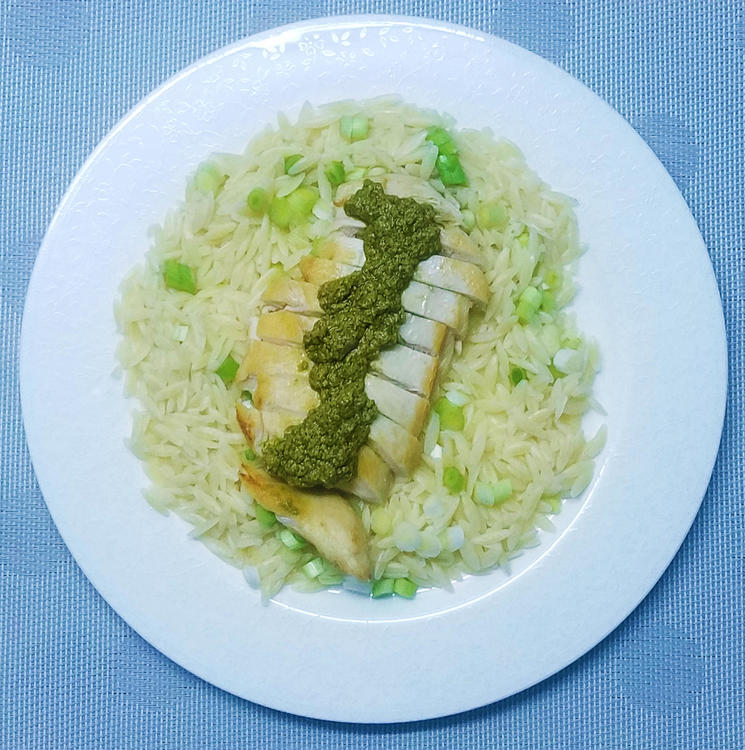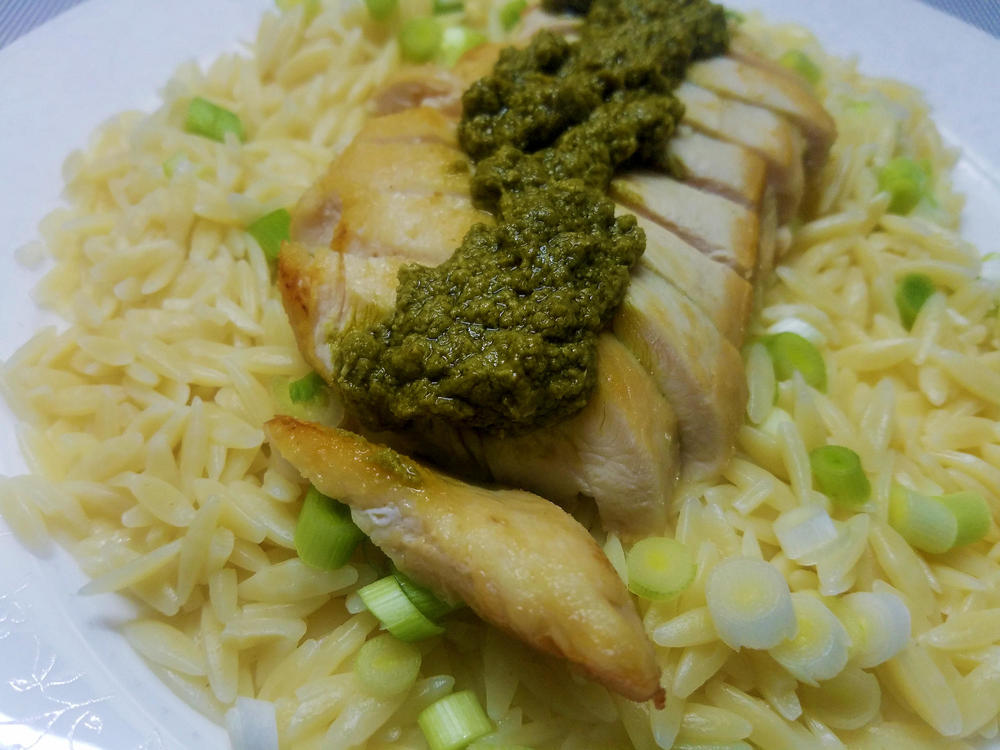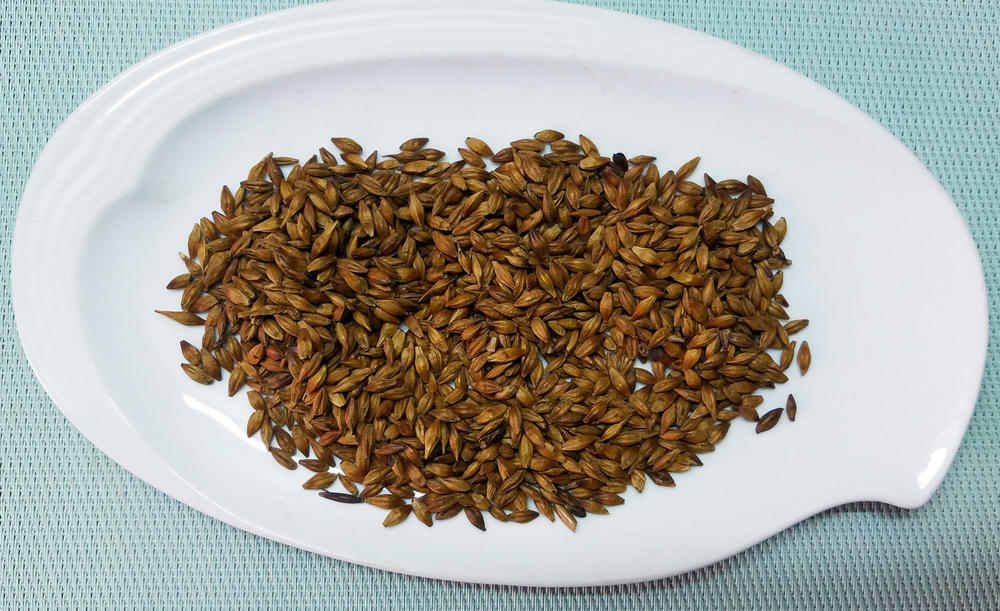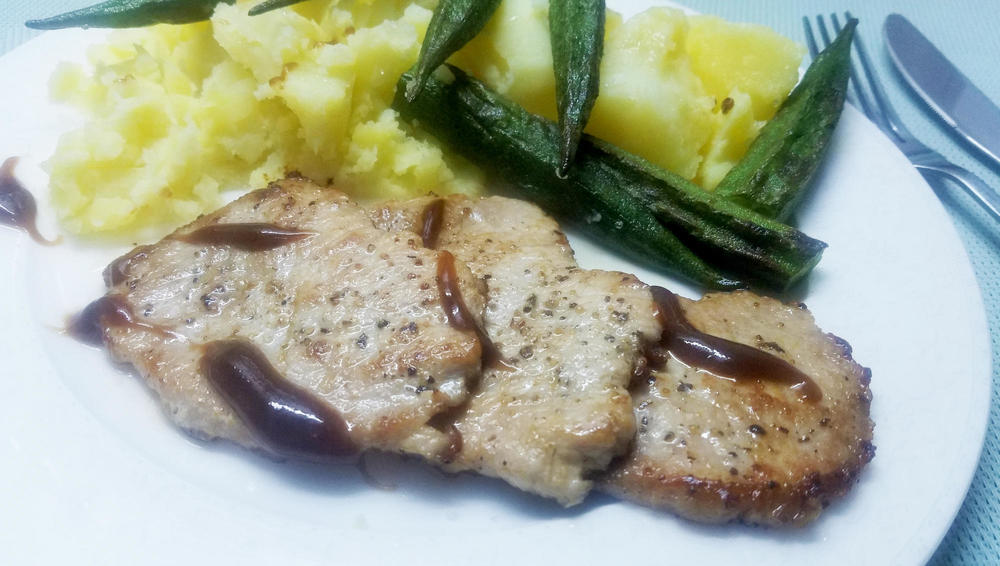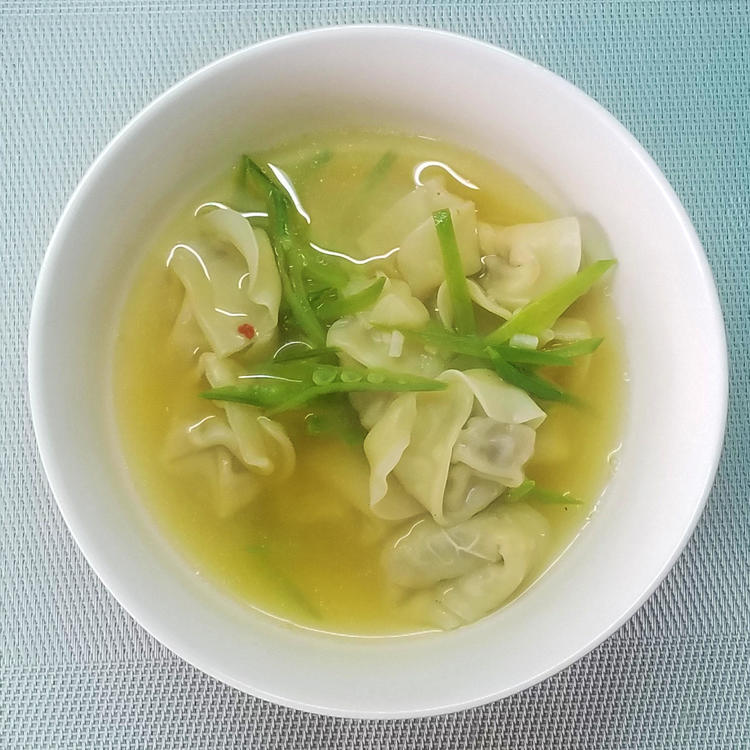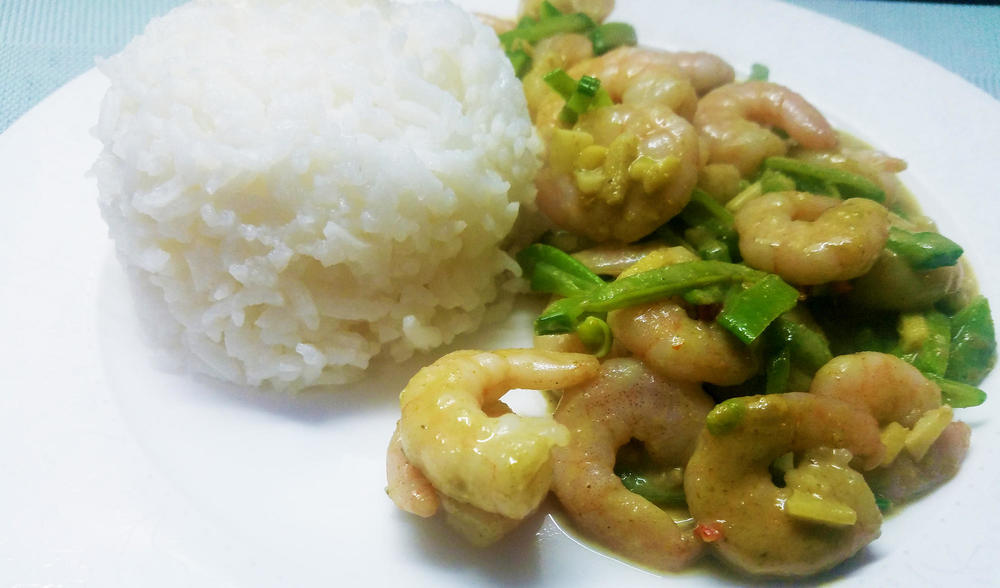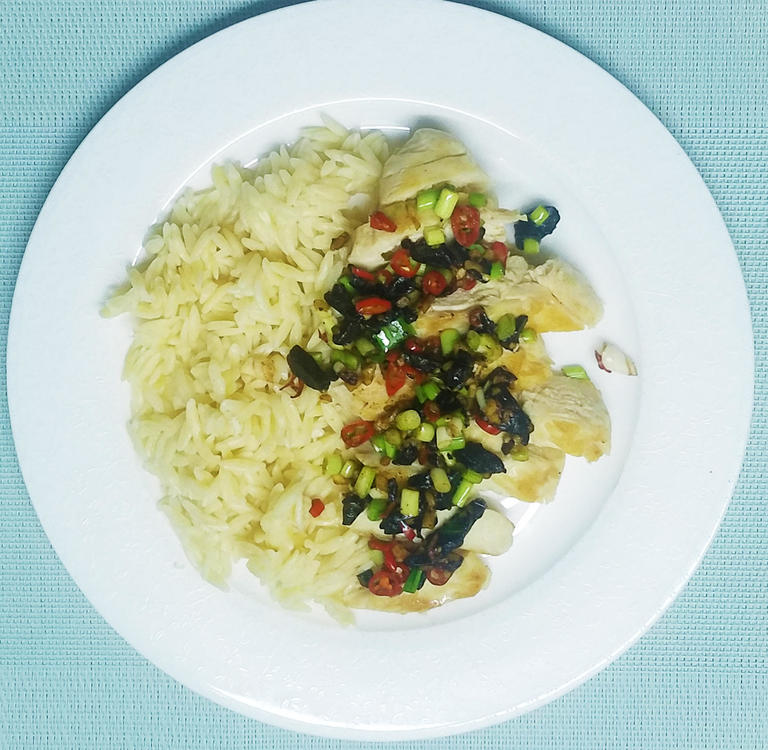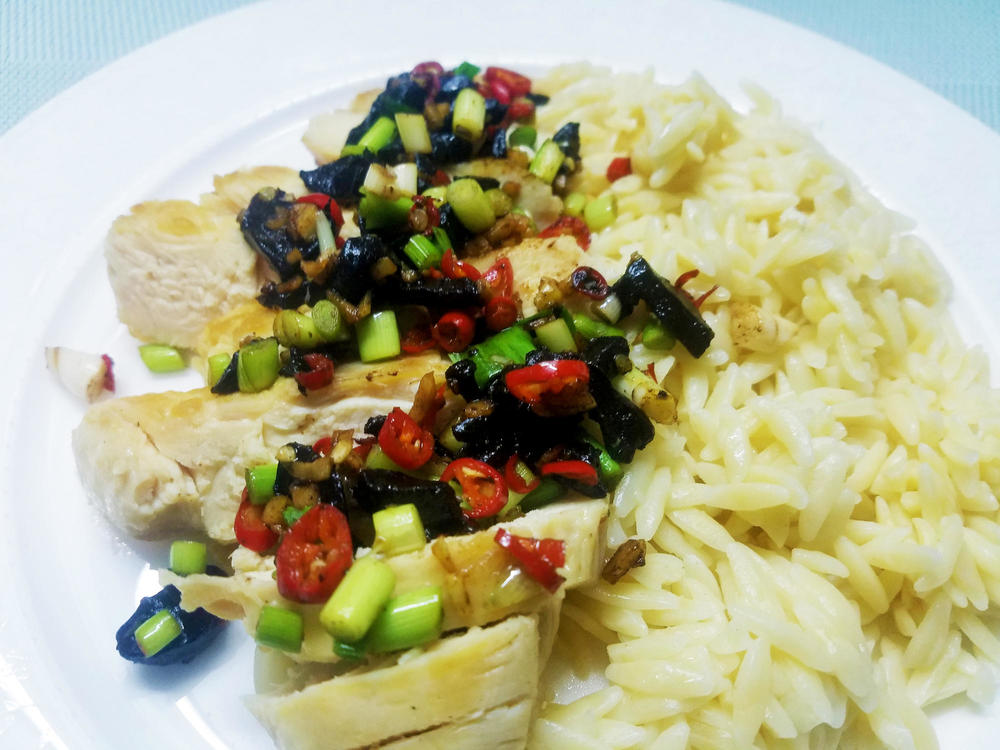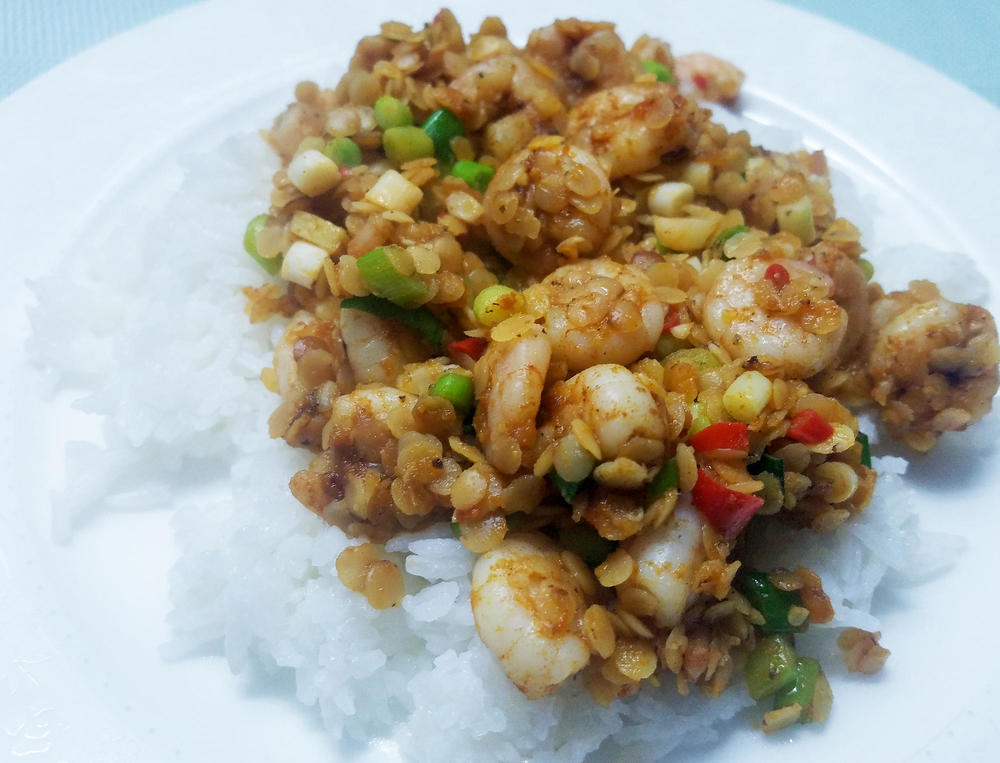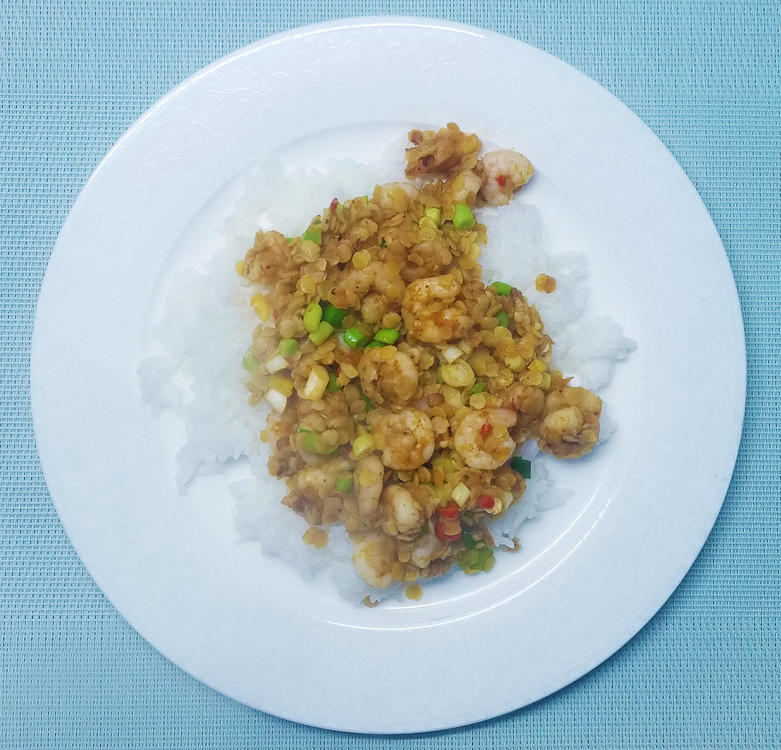-
Posts
16,667 -
Joined
-
Last visited
Content Type
Profiles
Forums
Store
Help Articles
Everything posted by liuzhou
-
I use this one. It is made made by Nestlé, so I guess it's available internationally. The important thing for me is to check it is unsweetened. There are sweet versions. Fine if you want sweet, I suppose, but I don't want sweet.
-
I always make my own yoghurt from whole milk to which I add unsweetened full cream powdered milk (30 grams per litre of milk). That makes it more custardy.
-
Sorry. No idea. I always cook them live.
-
Well, I managed to cook myself something without maiming myself. Not exactly the original plan, but hey ho! Spicy shrimp with linguine. Unfortunately, the shrimp are not the larger wild live ones I usually buy, but frozen from the supermarket. Good seafood seems to be the only casualty of the situation here. Not a clam to be found anywhere.
-
Thanks @Anna N I've been living under this for over 2 months now so, although it is lightening up, it's been a long strange trip! In about half an hour, I'm going to attempt to cook my planned meal again. Without the drama this time.
-
I'd like to say I will never again do what I did last night, but although I know what happened, I don't know how or why it happened. I cooked some linguine intending to have it with pesto, then decided to drain the pasta. a) This was the first brainfart. I almost never drain long pasta through a sieve or colander. I lift it out with my trusty pasta-lifter-outer. pasta-lifter-outer b) So, I lifted the pot up and moved it about 18 inches to the left where the sieve was ready over a bowl and poured the pasta and boiling water all over my leg! It all happened so quicky, I really don't know what happened. Boiling water everywhere, except in the bowl under the sieve. Pasta everywhere except in the sieve. Pain everywhere! Well, not really the latter. Just my right leg. It is cooked. In the end I just went to bed feeling miserable and had no dinner! Today, I'm still finding bits of pasta all over the kitchen. This is my leg today.
-
I loved the "pass the salt in times of social distancing" one. Yeah. I don't normally watch these things much but times have changed!
-
-
Yes, it is used in soups and congees made from mixed grains. It is also drunk, but as a form of "tea". Roasted barley is steeped in boiling water. It isn't often, if ever, used in alcoholic drinks. China generally prefers rice, sorghum or millet for those. This is the roasted barley sold as 大麦茶 (dà mài chá) which means "barley tea".
-
It is eaten in China, too. And many other places.
-
The last of my pork cutlets until I restock or find some lurking in the depths of the freezer. Pan fried. Olive oil fork mash and okra. HP Sauce. What else?
-
三鲜馄饨 (sān xiān hún tún) - three delicacy (pork, shrimp and shiitake) wontons in spicy chicken broth with sliced snow peas, garlic, ginger and chilli.
-
Thai style green prawn curry with rice. I feel like I spent half the day deveining and shelling the live wild shrimp. But worth it.
-
A WOMAN in the US has become the laughing stock of the internet after revealing she has spent the past few days mistakenly washing her hands with a block of cheese, rather than a bar of soap.
-
I know, but explaining a joke always spoils it!
-
Bried chicken breast cooked 1-10-10 then finished with an olive oil, black garlic, chilli and Chinese chive sauce. Served with orzo and a side salad which I neglected to photograph. Just a simple green salad. You know. Green stuff.
-
-
Lunch today was leftover last night's dinner repurposed. I fried the leftover rice then added the left over lentil prawn mixture. I think it was actually better than yesterday's dinner.
-
About burnt is the perfect toast!
-
Don't worry! Lentils are very, very difficult to find in China. I have some, but an explanation would be longer than War and Peace!
-
I have no idea what this is, although I made it. I woke up this morning with a craving for lentils and rice. I would have liked brown, but only have red. Cooked them with garlic, ginger and chilli and chicken stock, because that's what I do. Took some Thai red curry paste and fried that with the prawns I had and needed to use then drained and added the lentils and some scallions. Would have added coriander leaf / cilantro but didn't have any. It may not look like much, but it was damned tasty! Served with Château Local Beer. I'll do it again.
-
No, it's kitchen paper / paper towels.



